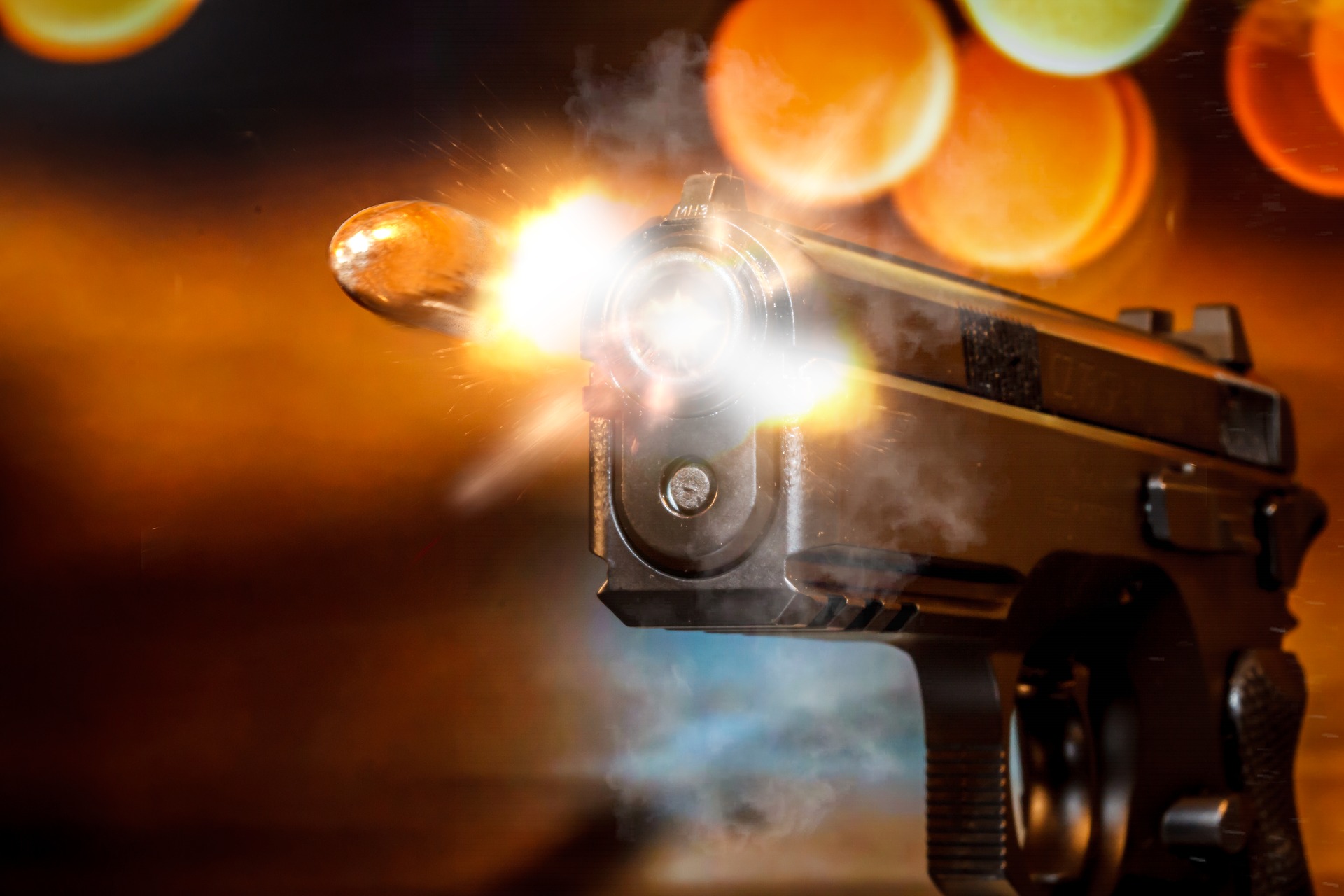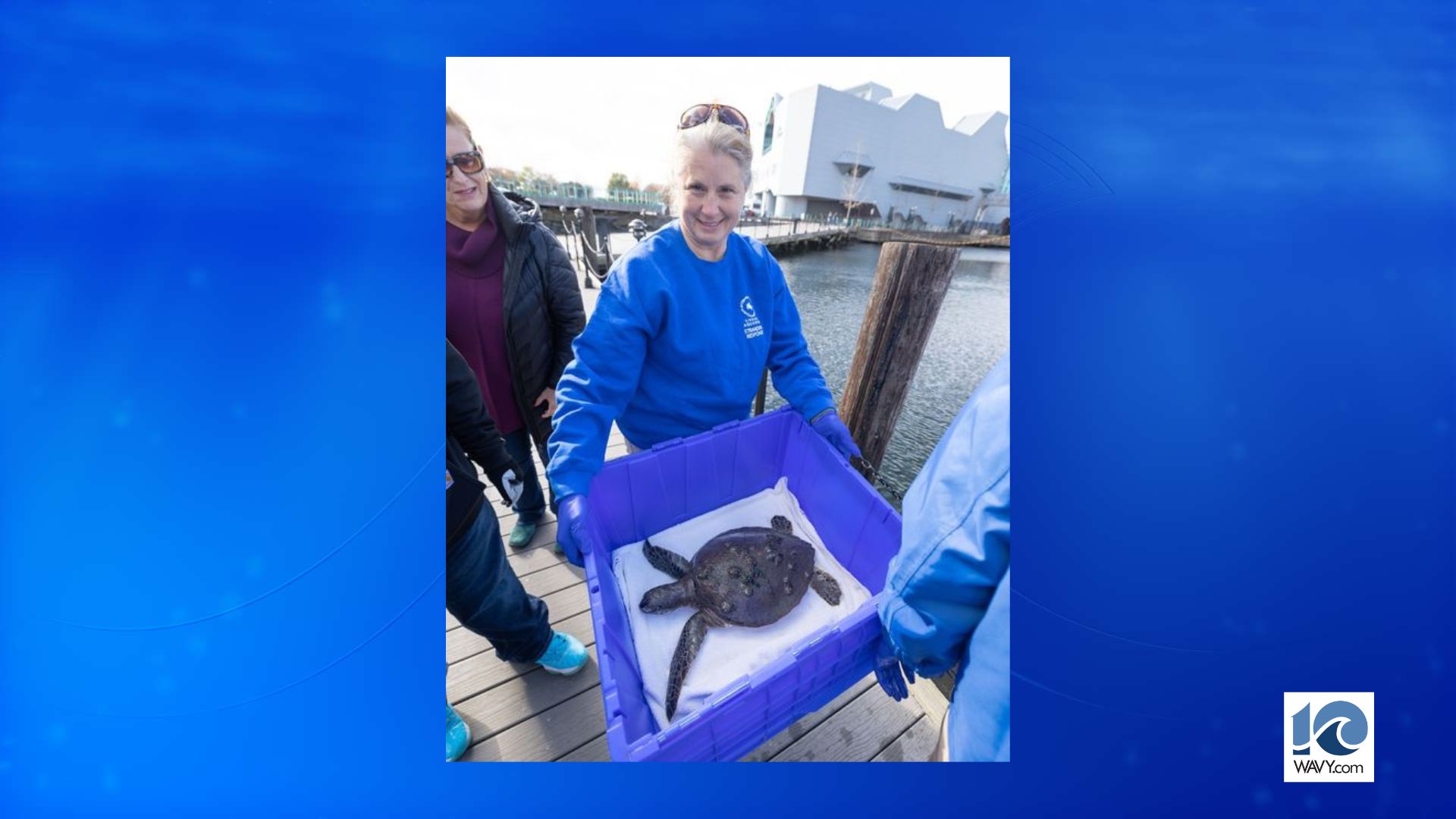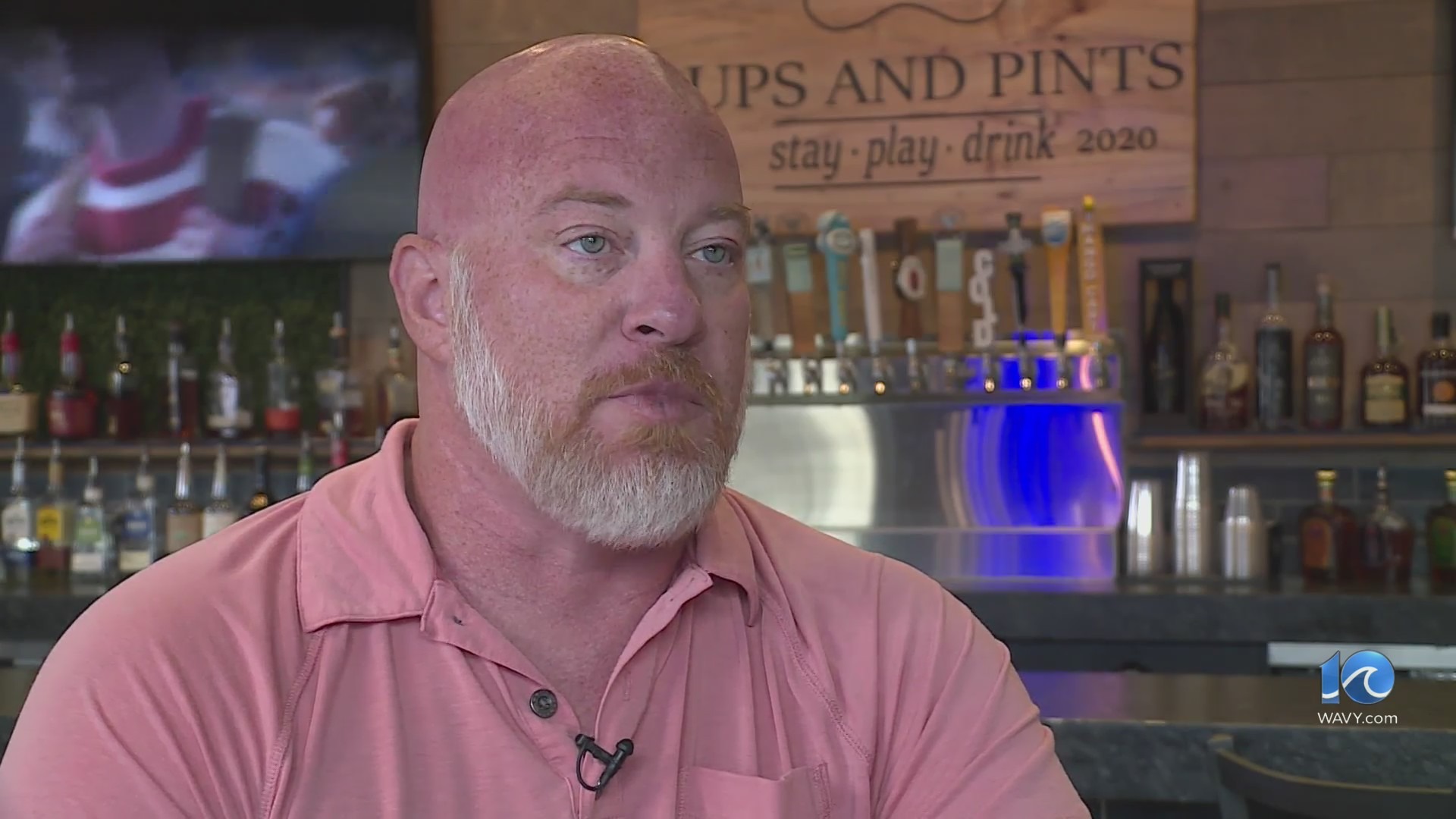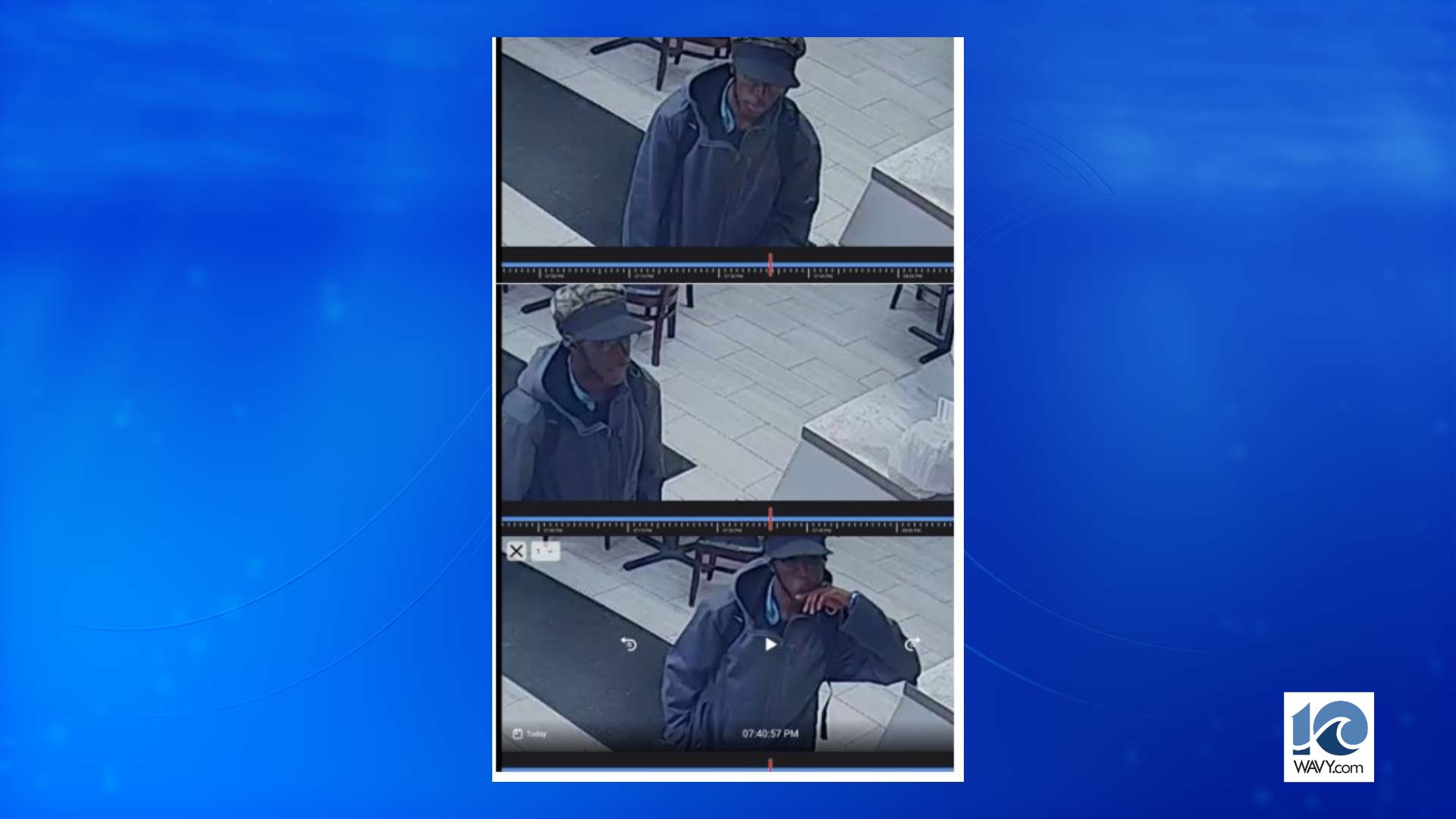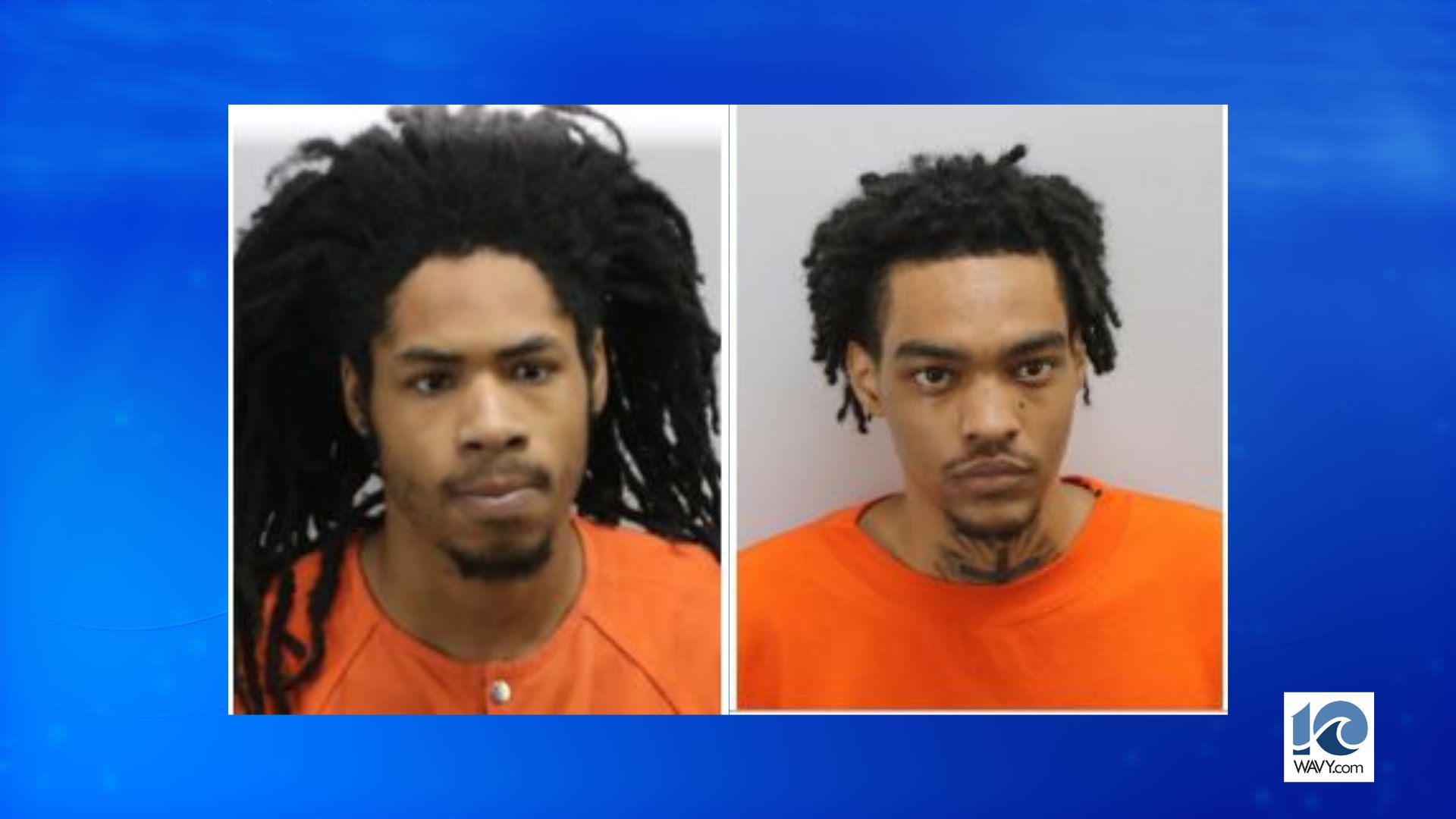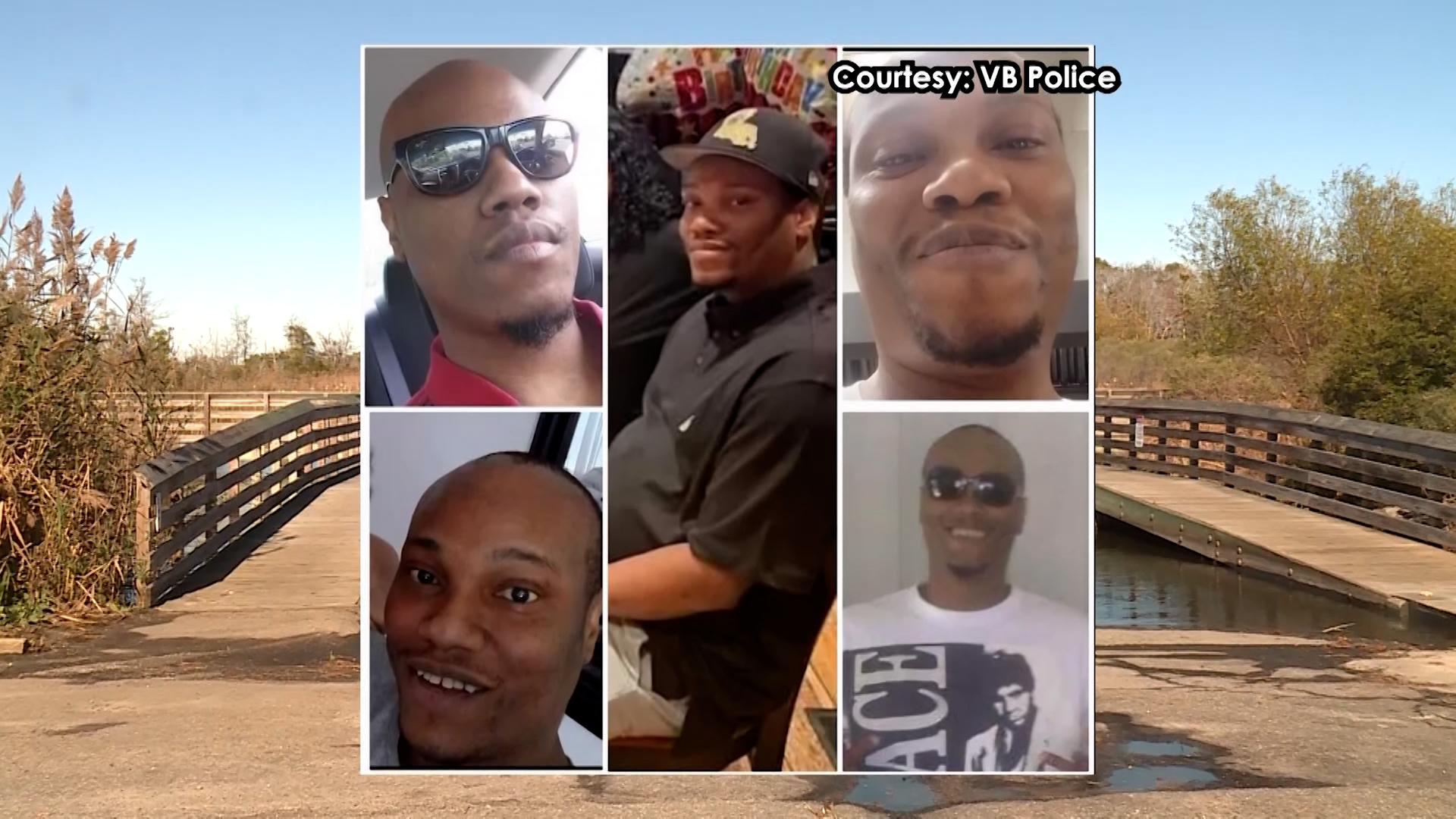WILLIAMSBURG, Va. (WAVY) — An excavation in Colonial Williamsburg is hoping to dig up the past to learn more about the roots of an early African American church.
The Colonial Williamsburg Foundation announced last month that they would dig at the site of the original permanent foundation of First Baptist Church.
The church, which is still around today, traces its congregation back to the 1770s and was made up of free and enslaved African Americans living in the Williamsburg area.
“They want to dig and find artifacts or bones just to confirm we have been a part of American history. We want to tell the whole story of American history,” said Dr. Reginald Davis, who is the senior pastor at First Baptist.
Davis and many others from the church gathered Tuesday morning for the first day of digging. They say it’s a monumental occasion — and one that’s long overdue.
“Black history is American history. There’s an African proverb that says that until the lion tells his side of the story, the tale of the hunt will glorify the hunter. We want to tell our side of the story,” Davis said.
Jack Gary, who is the director of Archeology at the Colonial Williamsburg Foundation, says the story of First Baptist is not only integral to Williamsburg’s history but also America’s.
That’s why they will be digging to look for foundations to the original church, which they believe was built in the early 1800s, and a second foundation, which was built in 1856 and torn down in the 1950s.
Gary says the church was torn down in the 50s as a part of the restoration of Colonial Williamsburg. All buildings in the area that were not built in the 18th century were taken down.
Before permanently meeting at the site on Nassau Street, Gary says they actually met in secret at different locations around the area because it was illegal for baptists to meet while the colonies were still under British control.
However, Gary says that upwards of 500 people would gather to worship, so it was unlikely that many didn’t know about it.
It’s that perseverance and dedication that church secretary Alevene Patterson Conyers is proud of.
“It’s a sense of connection, purpose, meaning. Historically speaking, it makes you feel grounded and a part of the past and how it bridges the present and future,” she said.
The church runs deep in Patterson Conyers’ family and it means a lot for her to trace back that history.
“My great-grandfather was the church clerk during the Reconstruction period,” she said. “My grandfather was church clerk. I had an uncle that was church clerk and I was church clerk for about 30 years.”
Patterson Conyers says it fills her with pride to be able to read notes that her great-grandfather wrote during his service.
She’s not the only one excited about the history that will soon be told.
Dennis Gardner has been a member for more than seven decades and even remembers worshipping at the Nassau site before it was torn down in the 50s.
“I was born two blocks here, four blocks down on Nicholson Street. We played in the area. I’m glad the other half is being told,” he said.
Gardner has also served the church in many ways, from being a trustee to singing in the choir before the coronavirus pandemic started this year.
Attending Tuesday’s digging meant a lot to him.
“It really touched my heart because the story that’s been told about Williamsburg has been from the other side and now we get the complete story. At one time, we constituted 50, 52 percent of the population,” he said.
It’s a story that Vernon Ross, who also remembers attending the church in the 1940s and 50s, is moved to share.
“I’m glad it’s being recognized properly and I’m glad to be a part of it. My brothers were a part of it but they’re all gone. I’m the only one remaining,” he said.
Ross recalled living in Williamsburg until moving after the Korean War and resettling in Newark, New Jersey, working as an assistant director of all music programs in the city.
He says he found his love of music at First Baptist and is thankful he returned to find that people still care about the church.
“I always thought the years I was not around, that it would be forgotten,” he said.
But if the younger generation has anything to do with it, it won’t.
Jordan Turner, who’s currently a college student, is helping his congregation not only document the dig but use social media to tell the story.
“I believe that it will bridge the younger generation and older generation and not just in the church but also outside of the church. We do a lot of stuff in different communities. It’s just getting the word out, not to our church, but the different communities,” he said.
Turner hopes that it will show people that there is deep African American history in the community.
It’s bridging the past to the present in hopes of giving people a better future, according to Davis.
“What we’re trying to do is promote dignity. We’re trying to promote justice, we’re trying to promote equality. So we’re hoping this can help tell the story so we can be one nation, under God indivisible with liberty and justice for all,” he said.
The Colonial Williamsburg Foundation says the excavation will take seven to 10 weeks.
After, researchers will take all they’ve collected into their labs and analyze what they’ve found.
They will then put together what they’ve interpreted into a plan and create a budget so a larger excavation can be completed. That could take about a year.
Crews will be onsite during the day Monday through Friday for those who would like to visit the archeological site in-person.
Latest Posts:
- Firefighters seek upper-hand in Williamsburg Premium Outlets parking lot fire
- Tennessee wildlife officials rescue bald eagle injured by gunfire
- Maker of Trump guitars reportedly sent cease and desist order by Gibson
- BayPort Athlete of the Week: Kellam boys volleyball team
- Sean ‘Diddy’ Combs denied bail for a third time


